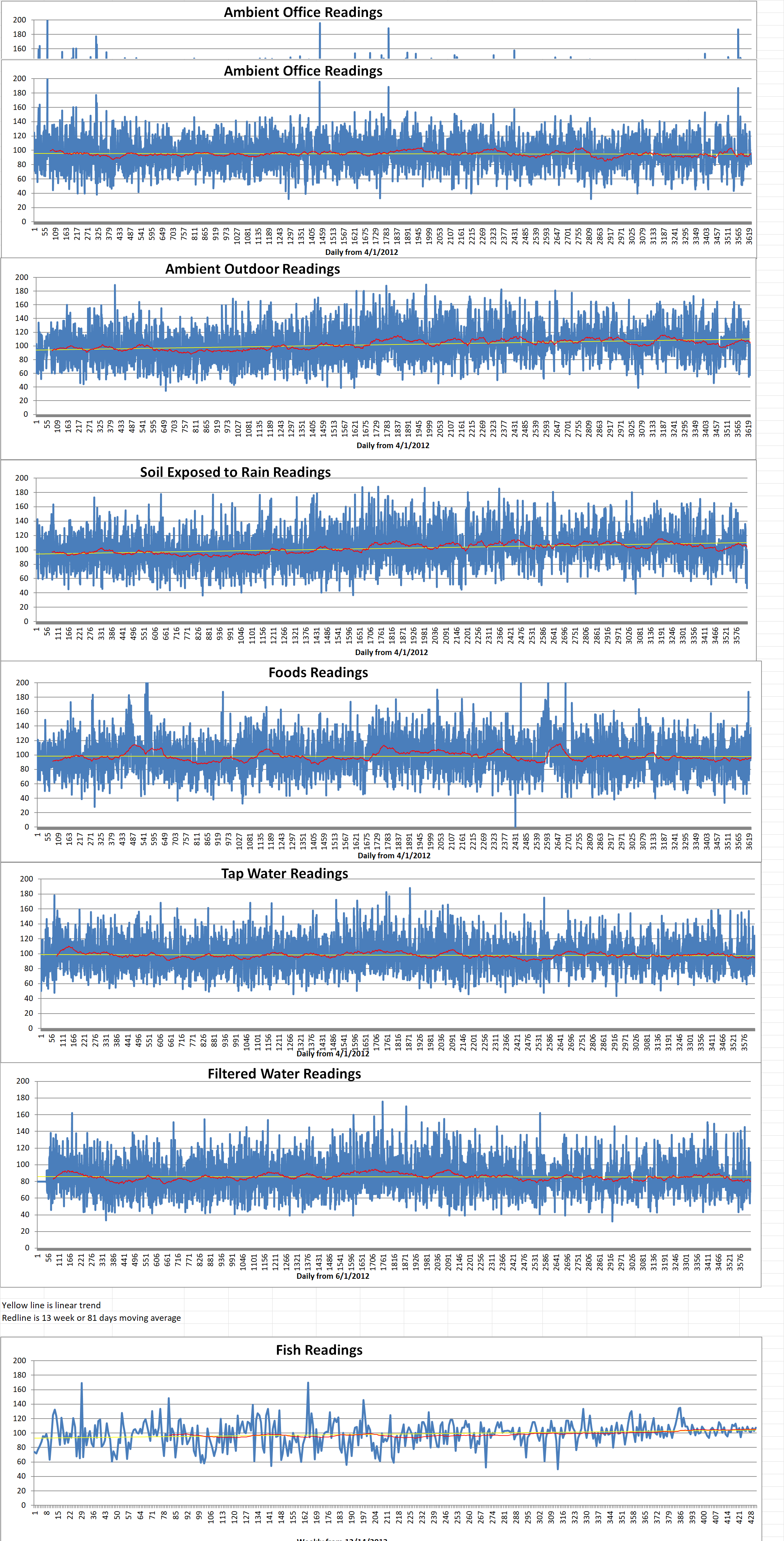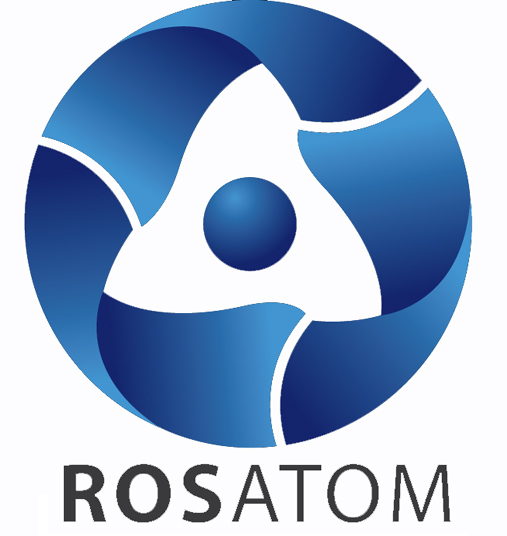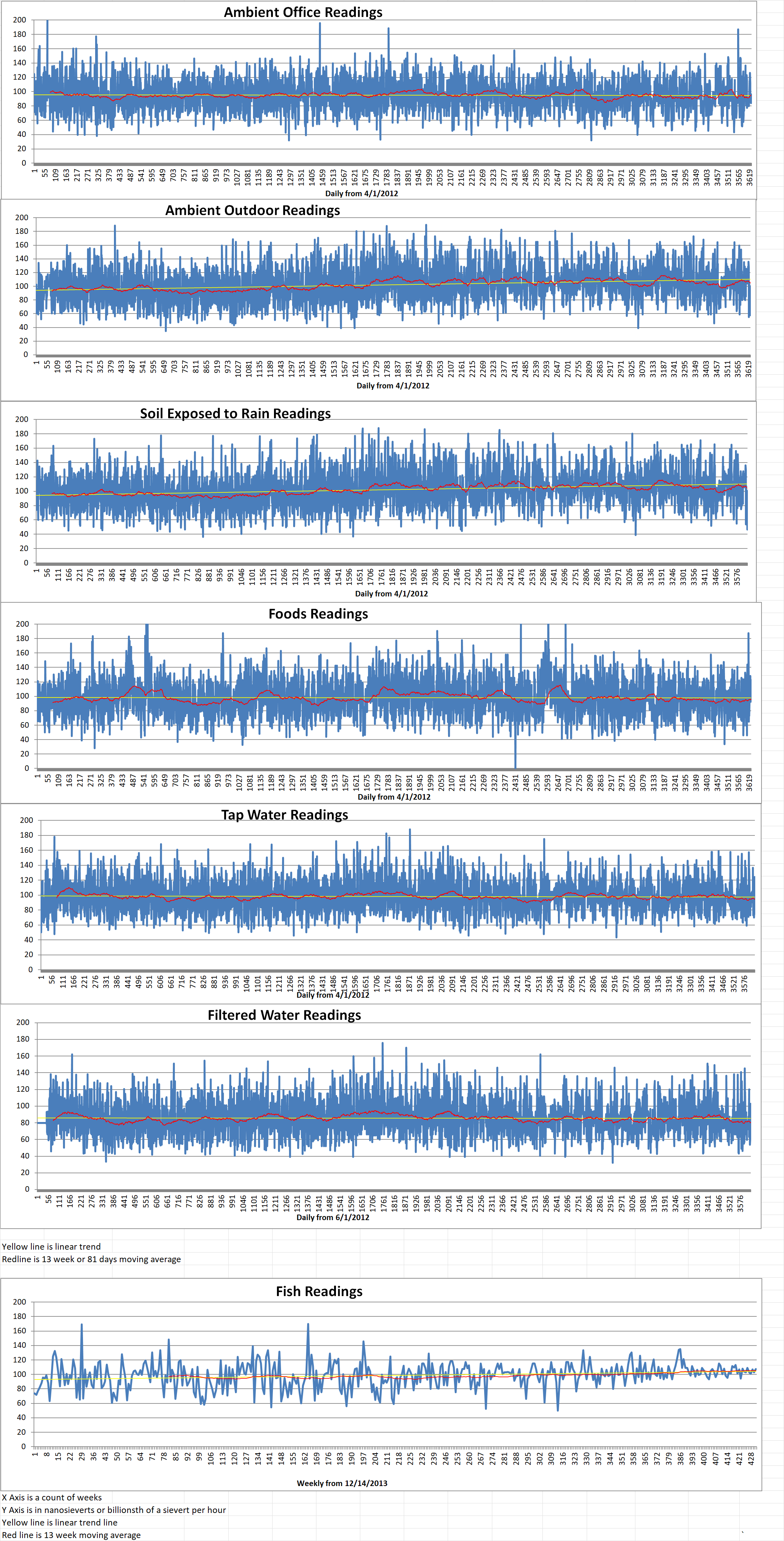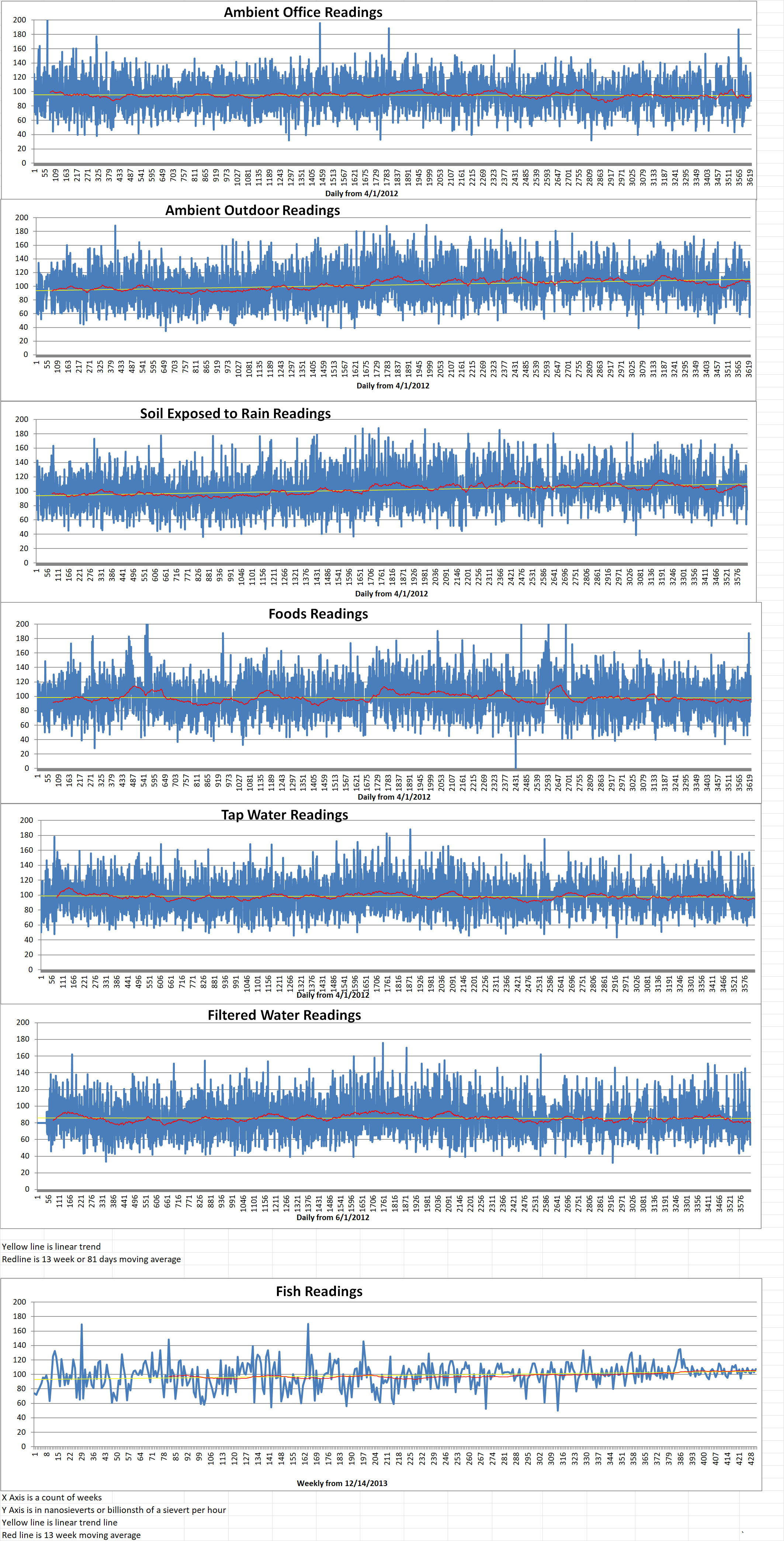Blog
-

Geiger Readings for June 08, 2022
Ambient office = 79 nanosieverts per hour
Ambient outside = 102 nanosieverts per hour
Soil exposed to rain water = 101 nanosieverts per hour
Ginger root from Central Market = 86 nanosieverts per hour
Tap water = 86 nanosieverts per hour
Filter water = 76 nanosieverts per hour
-

Nuclear Reactors 1034 – Democratic Nations Need To Disentangle Their Energy Markets From Russia and China – Part 2 of 4 Parts
Part 2 of 4 Parts (Please read Part 1 first)
Over the past twenty years, Russia has become the world’s major supplier for nuclear technology. This is especially true for countries building their first nuclear projects. Russia has great experience constructing and maintaining nuclear power plants. It offers a one-stop-shop for all the items that are needed to create these plants. This includes reactors, fuel, financing and even training of workers. Since the year 2000, Russia has signed bilateral nuclear cooperation agreements with forty-seven countries. It currently has large commercial nuclear power plants under construction in Bangladesh, Belarus and Turkey. Russia is involved in nuclear power plants across Africa, Asia, the Middle East and South America.
Russia also has nuclear projects in Eastern Europe. For decades, one of Russia’s main nuclear clients was Ukraine. Before Russia invaded Ukraine in 2014, Ukraine obtained ninety-five percent of its nuclear fuel from Russia to fuel a majority of its total electricity supply. After Russia annexed Crimea and supported an insurgency in the Donbas, Ukraine accelerated its plans to diversify its uranium imports. Many other European countries also began expressing serious concerns about being dependent on Russian nuclear technology. These worries were validated in February of 2022 when Russia invaded Ukraine. Since the invasion started, Western nations have moved quickly to try to wean itself from Russian energy resources, including nuclear power. On May 2nd, a Finnish consortium announced that it was canceling a contract for a new one thousand two-hundred-megawatt Russia power reactor.
Europe’s most prominent dependence is ultimately on Russian coal, oil and natural gas, not on nuclear energy. The International Energy Agency (IEA) recently issued guidelines for how countries can best move off of Russian fuel. They highlighted the role that they believe nuclear energy can play. As the IEA noted, nuclear energy “the largest source of low emissions electricity in the EU.” They say that the expansion of nuclear energy could increase the continents access to fossil-free energy.
Not everyone agrees with this IEA assessment. The European Commission’s plan to reduce Russian natural gas imports does not mention nuclear energy. Germany has maintained its plans to close its three remaining nuclear reactors by the end of this year. This is happening in spite of the fact that Germany has imported close to ten billion euros world of fossil fuels from Russia since the invasion of Ukraine. However, other nations such as Belgium and Japan have promised new investments in nuclear energy to reduce their dependence of Russian natural gas. They are picking up on an old tradition of using nuclear energy to support energy independence. Nations with dwindling domestic coal supplies like the U.K. and Japan, turned to nuclear energy following World War II to fuel their growing industrial sectors. Following the oil embargoes of the 1970, France and Sweden also built out nuclear infrastructure to reduce their dependence on the Middle East.
Please read Part 3 next -
Nuclear News Roundup June 07, 2022
US supercomputer breaks exascale barrier world-nuclear-news.org
IAEA team review Angra extension preparations world-nuclear-news.org
IAEA says in-field verification back above pre-pandemic levels world-nuclear-news.org
Clean Core prepares for testing of innovative fuel world-nuclear-news.org
-

Geiger Readings for June 07, 2022
Ambient office = 81 nanosieverts per hour
Ambient outside = 102 nanosieverts per hour
Soil exposed to rain water = 98 nanosieverts per hour
English cucumber from Central Market = 137 nanosieverts per hour
Tap water = 87 nanosieverts per hour
Filter water = 77 nanosieverts per hour
-

Nuclear Reactors 1033 – Democratic Nations Need To Disentangle Their Energy Markets From Russia and China – Part 1 of 4 Parts
Part 1 of 4 Parts
The Russian invasion of Ukraine has precipitated a global energy crisis. Since the invasion began on February 24, the international price of oil has rising more than twenty-five percent. The price of gasoline has nearly doubled. The outlook for both oil and gas is poor. Western companies are using sanctions to limit Russia’s ability to finance its war with oil and gas revenues. Energy prices are likely to remain high and volatile. The uncertainty of the war is dovetailing with concerns about climate change. This is prompting more anxiety about the global energy future. Nations should have started shifting away from fossil fuels decades ago to protect the planet. Have waited so long, they must abandon fossil fuels at a time when people are paying increasingly high prices.
As nations try to bring down high energy costs and disentangle themselves from Russia while simultaneously combating climate change, many have expressed renewed interest in nuclear power. Nuclear power is currently one of the world’s largest sources of low carbon energy. It is responsible for about one fourth of the European’s electricity. As opposed to most forms of renewable energy such as solar and wind, nuclear power can reliably produce large quantities of electricity for most days of the year. It has helped Europe move away from fossil fuels that have been extracted elsewhere in the world. This includes natural gas from Russian wells.
In the short term, increasing Europe’s reliance on nuclear power won’t release the continent from the need for Russian fuel. In the same way that Europe has become dependent on Russian oil and natural gas, much of the would has become dependent on Russia for the materials needed to construct commercial nuclear power plants. Russia has almost half of the global capacity to enrich uranium to produce nuclear fuel. Forty percent of the nuclear energy produced in Europe depends on uranium from Russia or Kazakhstan and Uzbekistan. Both of these countries are neighbors and close allies of Russia. About half of all U.S. nuclear power plants are powered by imports of uranium from these three countries. This may explain why the U.S. nuclear industry lobbied to exclude uranium from sanctions on Russian energy imports. Russian also dominates the market for nuclear power plant exports and construction. Developing countries are a preferred target for Russia’s nuclear exports. Russia’s closest competitor is China, another autocracy. States that contract with Russia or China may spend decades dependent on them for nuclear fuels and services.
In order to end Russia’s dominance over the global nuclear market and to prevent China from taking its place, democratic countries need to get serious about supporting their domestic nuclear industries. This is especially true as new, innovative nuclear technologies enter the global energy market. They need to consider policies that create demand for nuclear energy as part of their broader climate agendas. It may be reasonable to invest in creating nuclear manufacturing facilities that can reliable supply a growing global market for energy. Doing so can contribute to fighting climate change and curtailing the global power of authoritarian regimes.
Please read Part 2 next -

Geiger Readings for June 06, 2022
Ambient office = 88 nanosieverts per hour
Ambient outside = 58 nanosieverts per hour
Soil exposed to rain water = 46 nanosieverts per hour
Avocado from Central Market = 96 nanosieverts per hour
Tap water = 124 nanosieverts per hour
Filter water = 103 nanosieverts per hour
-
Nuclear News Roundup June 05, 2022
The tiny number of nukes needed for ‘unacceptable damage’ express.co.uk
Toshiba and Bechtel Team-up to Support Poland’s First Nuclear Power Station businesswire.com
Study examines option for floating nuclear power in Vietnam world-nuclear-news.org
Nuclear operators to benefit from immersive 3D simulations rld-nuclear-news.org
-

Geiger Readings for June 05, 2022
Ambient office = 84 nanosieverts per hour
Ambient outside = 85 nanosieverts per hour
Soil exposed to rain water = 82 nanosieverts per hour
English cucumbers from Central Market = 123 nanosieverts per hour
Tap water = 75 nanosieverts per hour
Filter water = 67 nanosieverts per hour
